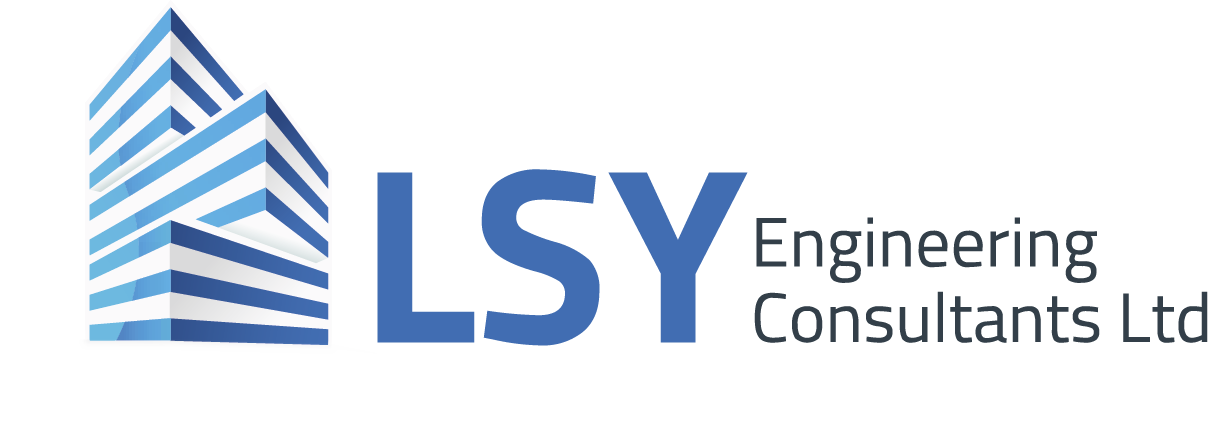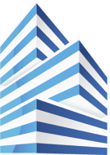Interview: Structural Engineer – Tess Wang

This article is presented by Tess Wang who is working with LSY Engineering Consultants Ltd as a structural engineer and is also undertaking a master degree majoring in Civil and Environmental Engineering at Imperial College London.
What is the main difference you notice between industry and university?
The syllabus in university is designed in a way that helps build a strong theoretical foundation for real-world applications. In structural engineering, for example, Eurocode is the primary instruction all engineers refer to. In school, aside from practicing the procedure of all necessary checks, lecturers also spend long hours explaining how the equations are conservatively developed. In industry, problem-solving skills are more intensively trained. Analysis of the cases and how the structures shall be checked according to Eurocode require experience and engineering judgment to carry out. These skills can only be developed by real-world applications.
Thoughts on structural engineering & Feeling towards the industry now after starting working
After years and years of development, the engineering industry becoming more and more mature with loads of new cutting-edge technology and sustainable development concepts introduced. It is always complicated to collaborate with different consultants while incorporating all the concepts. Communication is crucial these days to enhance working efficiency and improve collaboration. An altogether software platform and a precise, well-developed workflow is very demanded more than ever. With so many talented and prudent engineers in the industry, I am more than glad to contribute my effort to improve the quality of work in the industry.
Most enjoyable part of the job
After commencing work this summer, I strongly feel like my soft skill has greatly improved. I used to be quite scared of communication-demanded tasks. But now as my confidence builds up day by day. I am quite competent in arranging meetings and picking up phone calls. Setting up a job and doing the job cautiously as well as communicating with people is just as important as design calculations. To carry out a job fully, I will need to prepare and follow up on the client’s feedback. It is important to always keep things up to date, be responsive and make clear clients’ requirements.
Least favourite part of the job
Hand drawing is my most difficult task when completing the design calculation sheets. There is a strict standard and layout to follow. I still need to put more effort into generating a more professional technical drawing.

